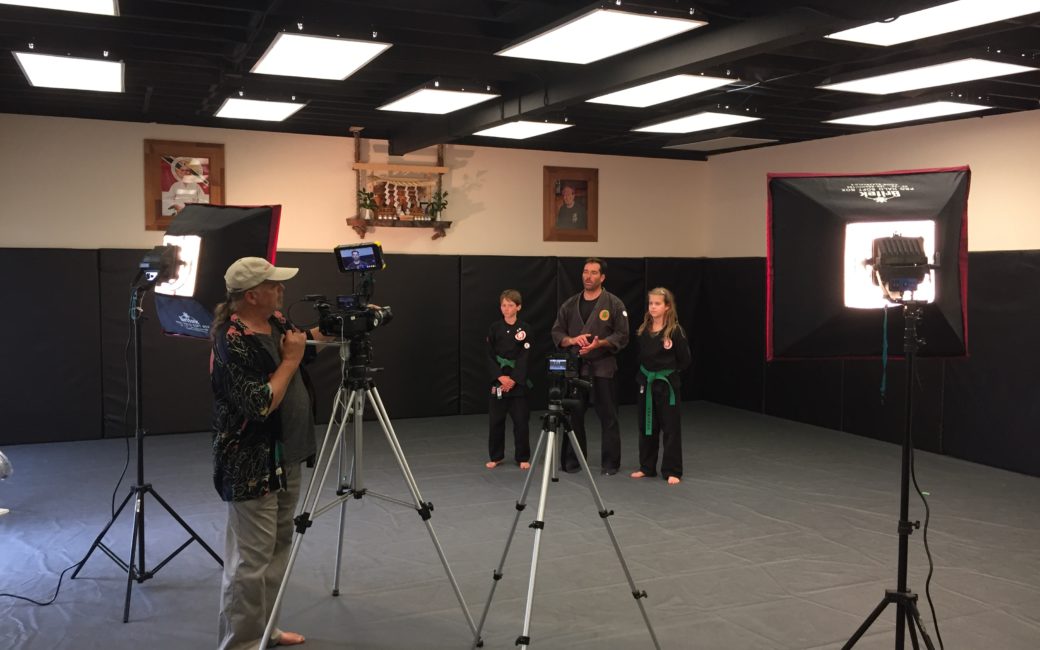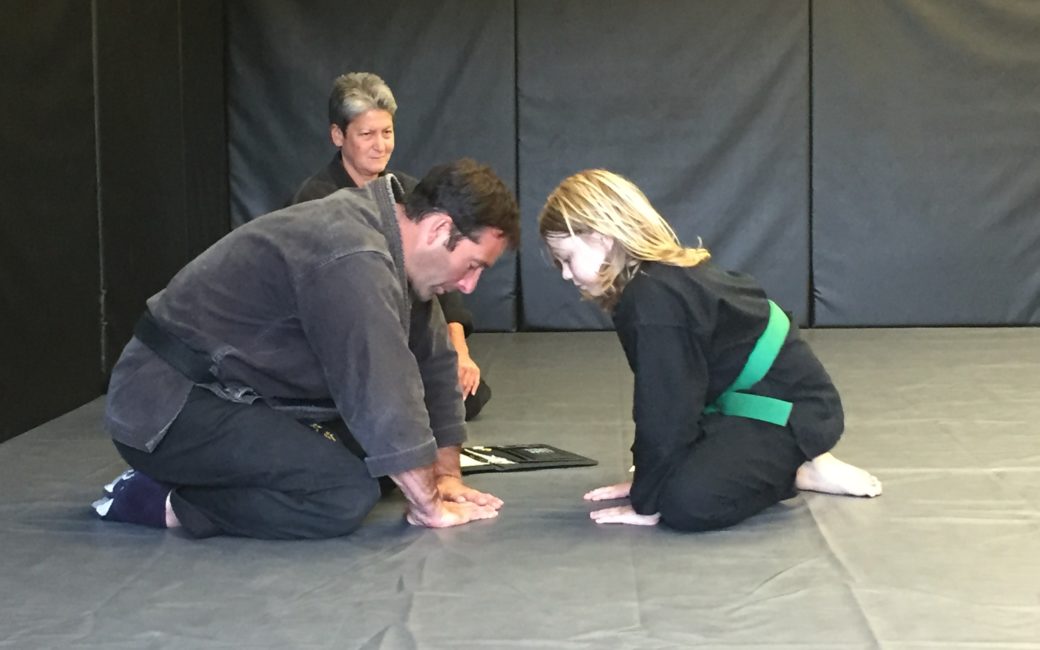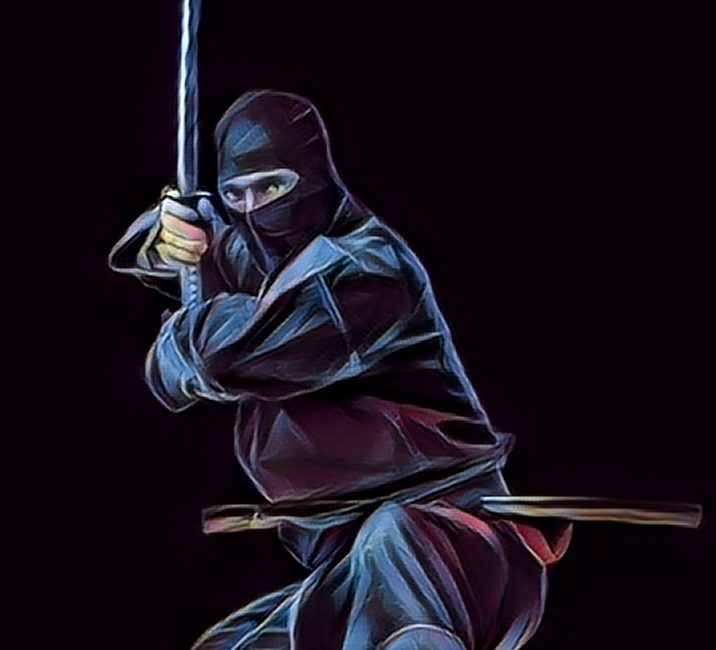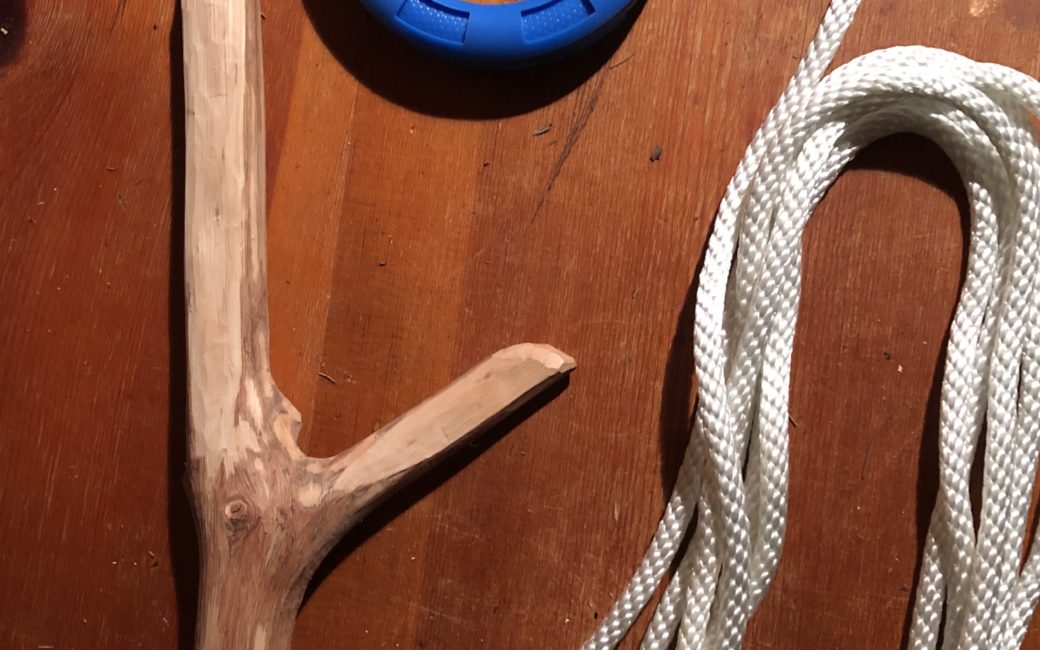Welcome to part 3 in our ninja mentoring series called Becoming a Ninja. In this four part blog series, we follow the journey of how Sensei Mark Roemke went from a youth with no experience in martial arts to Dai Shihan, 15th Dan, one of the highest levels one can attain in the art of ninjutsu.
In other words...what's the secret sauce behind this process?
We also take a deeper look behind the scenes through the lens of the "ninja mentor" to see what's really making Mark's brain tick. It's not just mate, which we can vouch does get him excited before he teaches his weekly online classes. There's more to it. Trust me.
In the first installment, Dai Shihan Mark Roemke told the origin story of how he found martial arts in his youth and the effect it had on him. If you haven't checked out, not to worry. Here's that story portal.
Part 2 was about how he continued to train, and train, and train, and his first meeting with the Grandmaster Dr. Masaaki Hatsumi.
But now a death and origin story.
Mark died, technically speaking. No joke.
It involved a motorcycle accident. Fortunately, due to the technology of high voltage in the operating room, he was resuscitated.
Side note...Mark's a professional electrician. Hmmmm. Back to the story cliff notes.
In the short story below, when he returned to health, Mark found himself asking one question...
"What am I doing on this planet?"
The answer to this question laid the foundation for the origin of Pathways Dojo.
The answer to this question was about giving back, about healing, and about nature connection.
But I'll let him take it from here...
I hope you enjoy this short story. There's one final chapter to this. In Part 4 Mark talks about a vision that we all can be a part of.
One last thought...
In the video above, Mark talks about wanting to help kids. One way we are doing this is through our Ninjas in Nature Program. We've recently laid out a roadmap for connecting kids to the art of ninjutsu and the natural world in a short book that links to skills videos, games and more, called the Ninjas in Nature: Guardians Guide. These skills are like jumper cables for activating kids.










